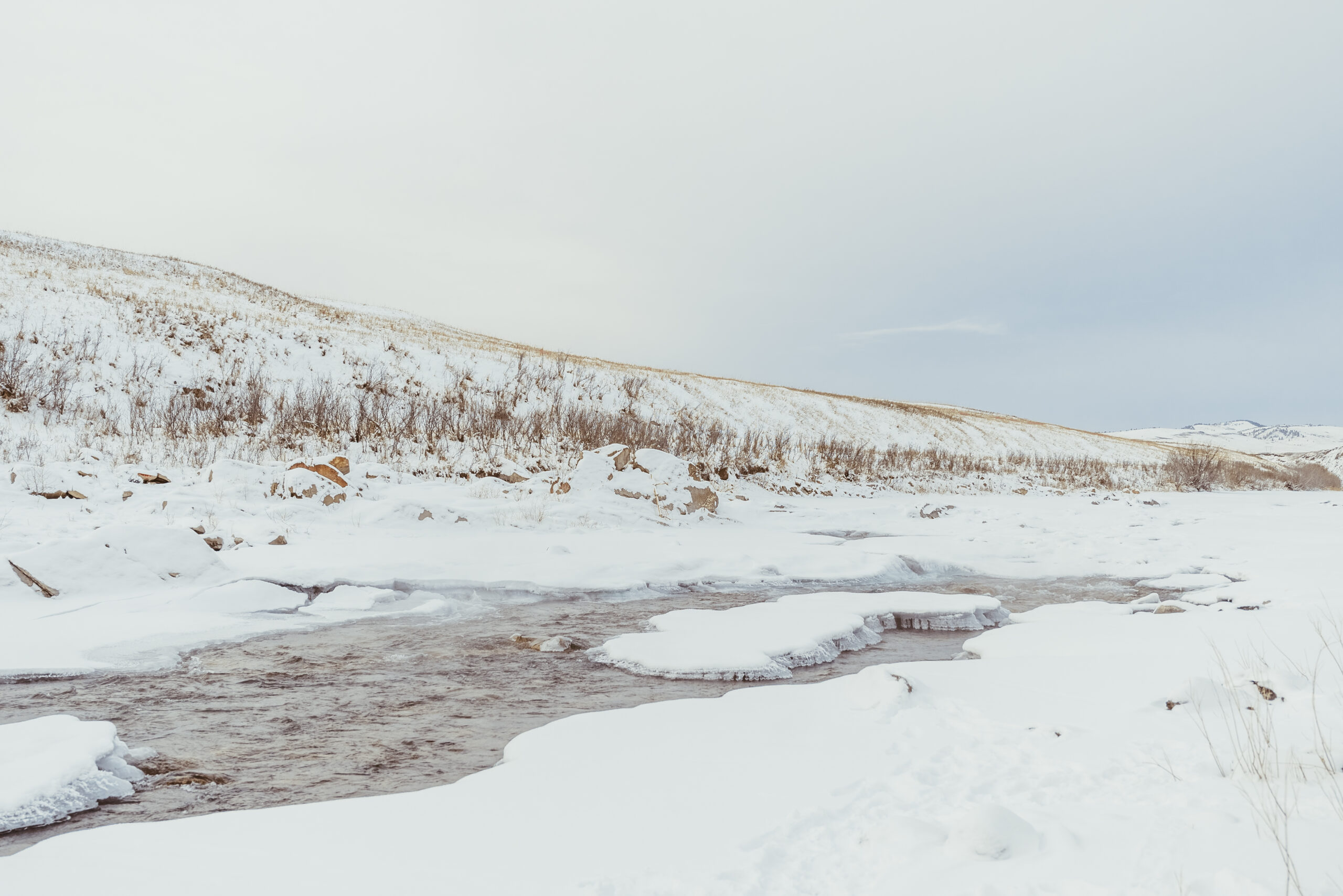Alberta’s recently released budget for 2024 is concerning for CPAWS Northern and Southern Alberta chapters. Amidst impending drought, wildfire risk, and substantive biodiversity loss, there is more need than ever for preventative conversation measures.
The lack of commitment to increasing protected areas, including Indigenous Protected and Conserved Areas, ambiguity around addressing sorely needed land management, and water commitments that disregard protecting source headwaters, demonstrates an ongoing failure to fund meaningful long-term conservation measures in the interest of Albertans and the environment.
In the 2024-2027 strategic plan, “ensuring the health and integrity of Alberta’s environment and ecosystem,”1 is outlined as an objective; yet the plan fails to provide clear budgetary direction on species recovery and making progress towards meeting the goals of Global Biodiversity Framework that are needed to halt and reverse biodiversity loss.
Polling has shown that 77% of Albertans support increased protected areas, while 85% are in favour of the province committing to protecting 30% of its land for conservation purposes by 2030, in support of Canada’s international commitments.
Despite most areas of environmental management maintaining low budgets, we are pleased by the commitment to a nature strategy and a slight increase in funding towards the Ministry of Environment and Protected Areas, including an additional $27 million over two years for caribou recovery and $15 million allocated to establishing new land-use plans and reviewing existing ones in 2024-2025.2
To date, only two land-use plans of the seven designated regions requiring such have been developed; one being the South Saskatchewan Regional Plan already up for its 10-year renewal. Incomplete planning processes and integrated plans must be completed with appropriate funding for consultation, design, implementation, and enforcement to reach their full potential. It is crucial that these plans include habitat protections that will address the environmental values they are meant to manage.
The Ministry of Forestry and Parks business plan includes funding to refurbish and build recreation trails on public land. “While trail maintenance is needed in some areas, embedding or expanding trails before examining where they are most appropriate could continue to detrimentally impact wildlife, aquatic health and other recreational users,” says Katie Morrison.
While $90.7 million is allocated to refurbishing and enhancing outdoor recreational opportunities on Crown land and an additional $10 million is allocated towards trails,3 few funding specifics are provided in terms of managing human use impacts. Unfortunately, the focus appears to be short-term and on the expansion of recreation and economic opportunities, as opposed to adequate funding to manage and protect the natural resources these opportunities rely upon. This is further evident in the Transportation and Economic Corridors business plan and the objective to assess passenger rail opportunities from Calgary to Banff, prior to a regional transportation strategy.
While Albertans continue to express concern over irresponsible resource development and the integrity of the province’s parks system, it is disappointing to see these values ignored in the provincial government’s budget. The province must listen to the concerns of its citizens and take concrete action to protect Alberta’s environment and conserve its natural heritage.
“Given the state of our natural environment, now is not the time to delay investment into its protection,” adds Tara Russell, “more than ever Albertas lands, water, and wildlife need attention. I am disappointed by this year’s budget.”
For more information, please contact:
Katie Morrison
Executive Director, CPAWS Southern Alberta
kmorrison@cpaws.org
Tara Russell
Program Director, CPAWS Northern Alberta
trussell@cpaws.org
More News

All-Seasons Resort Policy Released

Critical Habitat and Industry Lobbying Part 4: How DFO Allows Critical Habitat Destruction


